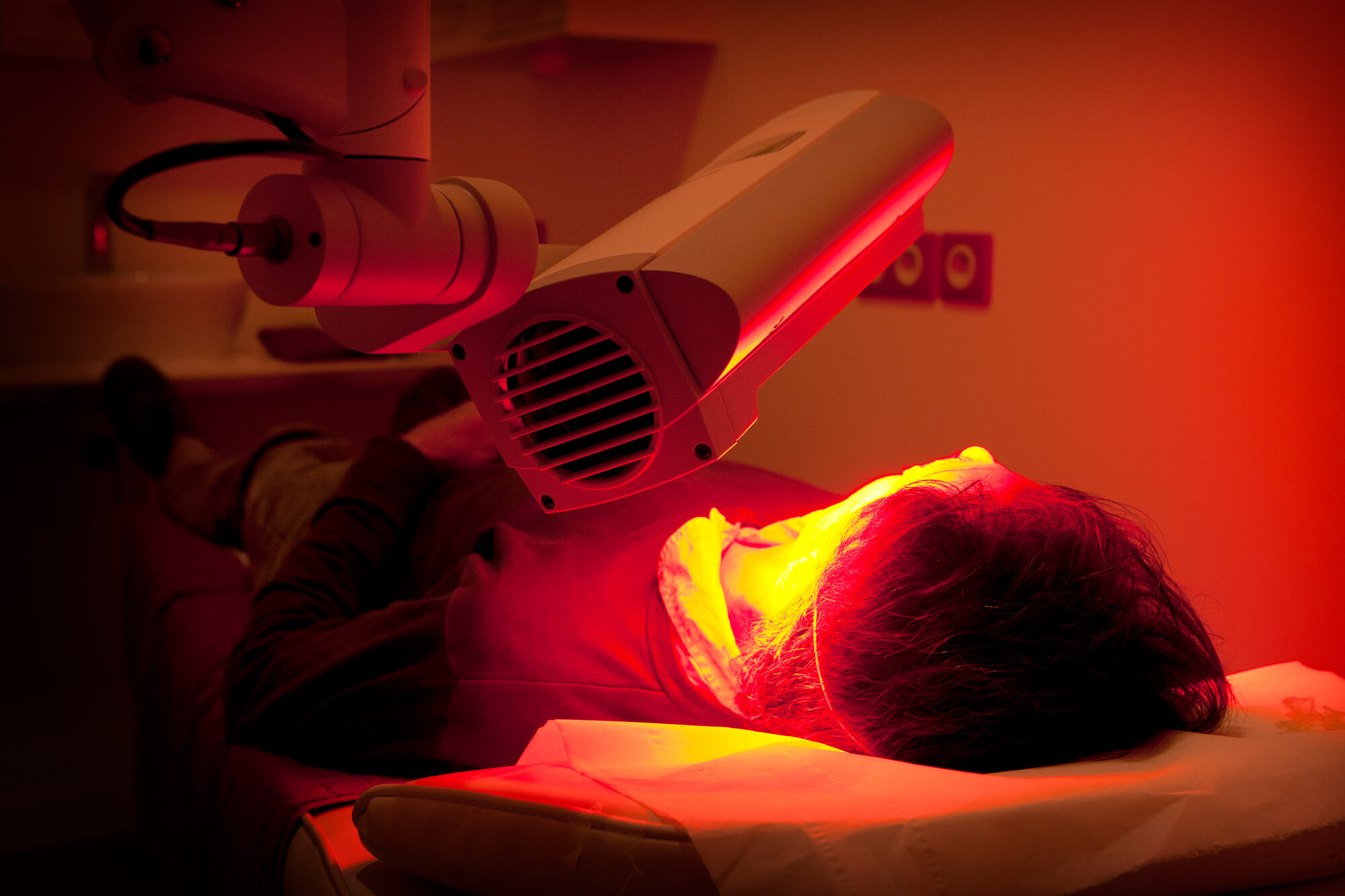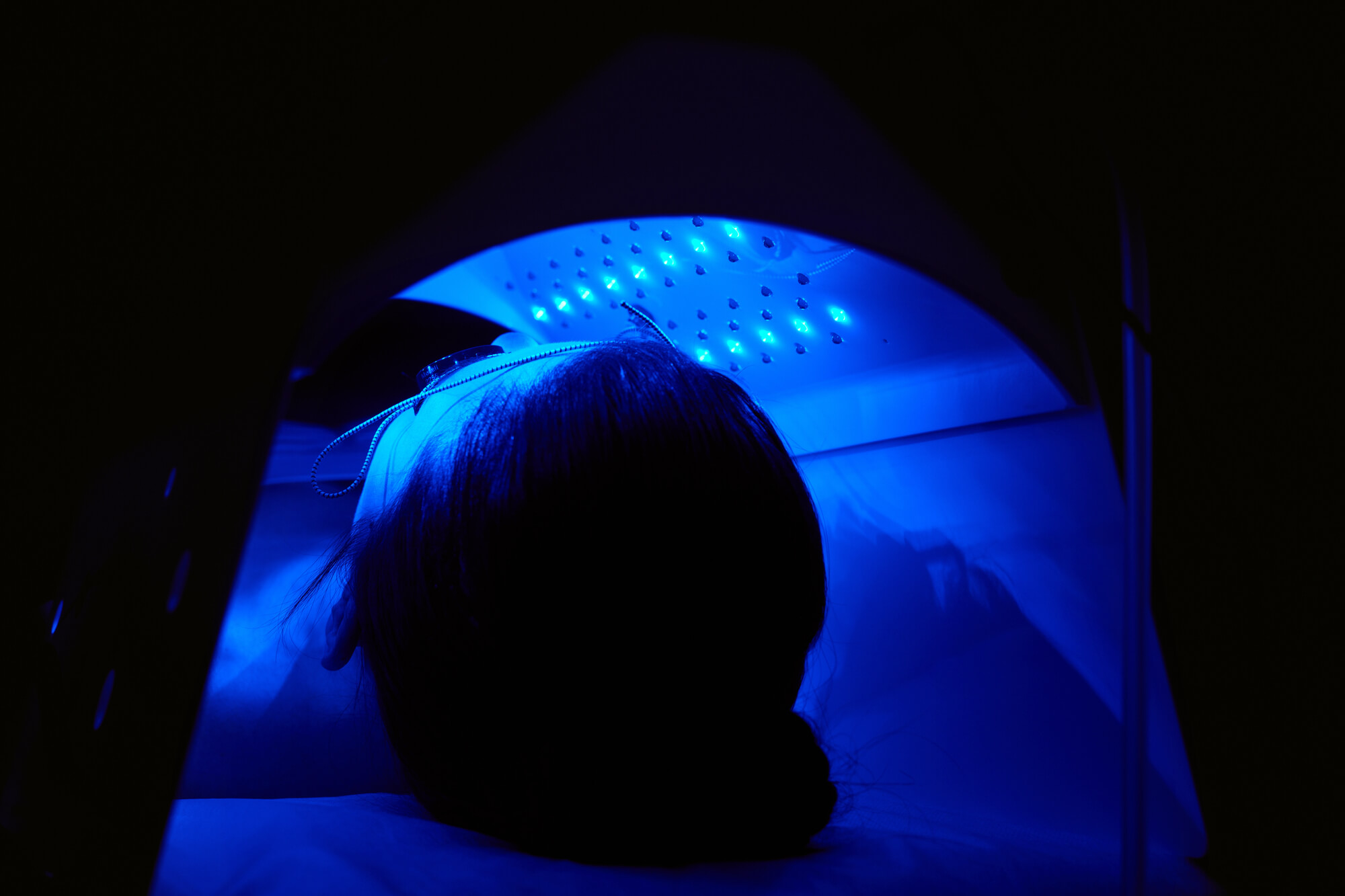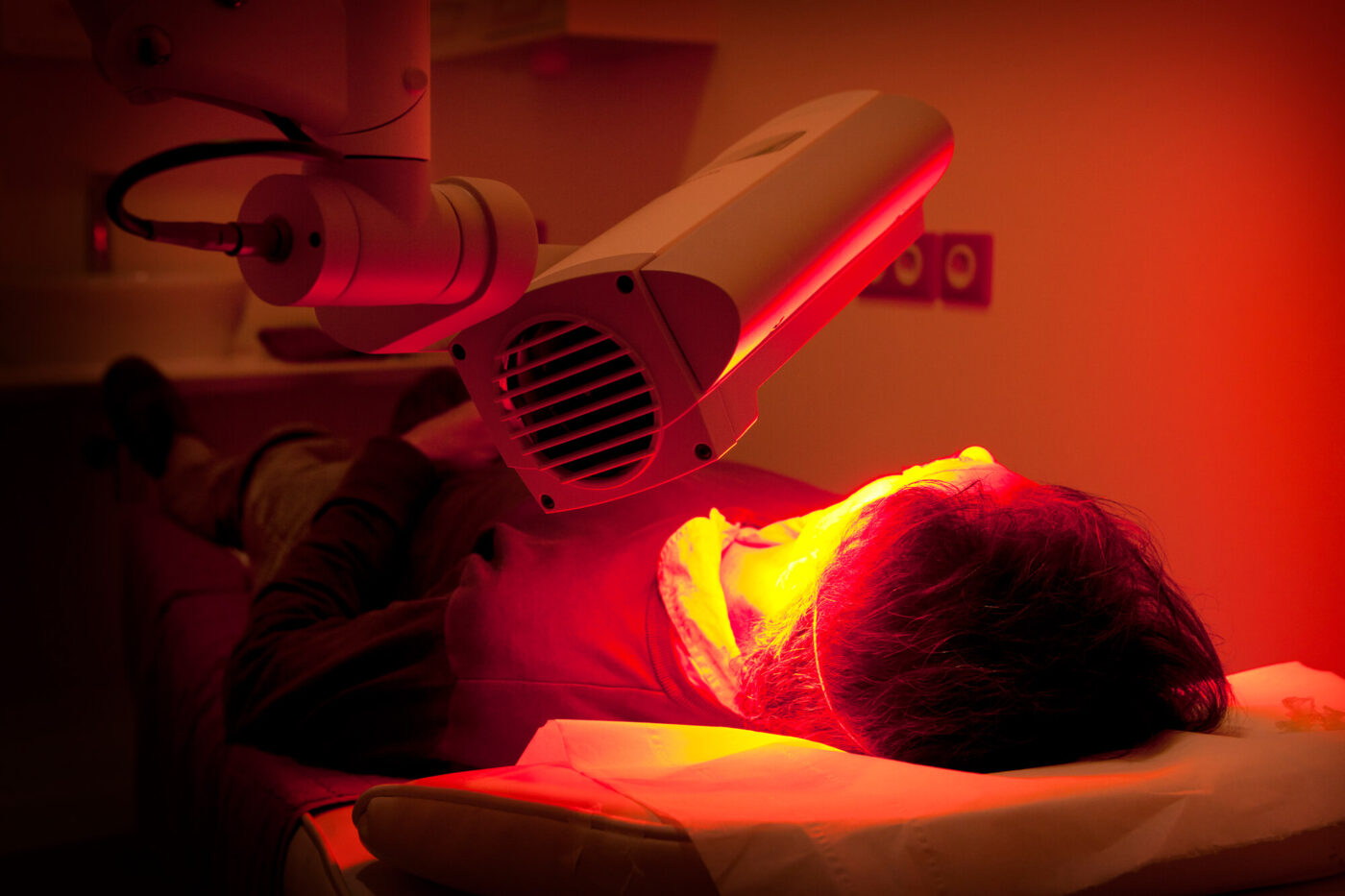
What Is Red Light Therapy?
Key Benefits of Red Light Therapy:
- Stimulates collagen production, reducing wrinkles and fine lines.
- Enhances muscle recovery and tissue repair.
- Reduces inflammation and chronic pain.
- Improves circulation and promotes wound healing.
- Supports mental health and helps with seasonal affective disorder (SAD).
What Is Blue Light Therapy?
Key Benefits of Blue Light Therapy:
- Kills acne-causing bacteria (P. acnes) and reduces breakouts.
- Helps manage oily skin and minimizes pores.
- Can be used for skin conditions like eczema and psoriasis.
- Supports circadian rhythm regulation and sleep improvement.
- Can aid in reducing symptoms of seasonal affective disorder (SAD) by mimicking natural daylight.
Who Should Use Blue Light Therapy?
Red light therapy is ideal for individuals looking to promote overall cellular function, reduce inflammation, and support healing. It is commonly used by those seeking anti-aging benefits, pain relief, or improved muscle recovery.
You should consider red light therapy if:
- You want to reduce wrinkles, fine lines, and improve skin elasticity.
- You are dealing with muscle soreness, joint pain, or chronic inflammation.
- You need to speed up wound healing or tissue repair.
- You struggle with seasonal affective disorder (SAD) or mood-related issues.
- You want to enhance circulation and overall skin rejuvenation.
-
Who Should Use Red Light Therapy?
Blue light therapy is best for those dealing with acne, bacterial skin conditions, or looking to improve their sleep-wake cycle. Its antimicrobial properties make it an effective treatment for those suffering from frequent breakouts or skin sensitivity due to oil overproduction.
You should consider blue light therapy if:
- You struggle with acne and need a non-invasive treatment to reduce bacteria and inflammation.
- You have oily skin and want to minimize pores and control breakouts.
- You experience disrupted sleep patterns and need circadian rhythm support.
- You are prone to eczema, psoriasis, or other surface-level skin conditions.
- You want an alternative therapy to boost alertness and improve mood.

Can You Use Red Light and Blue Light Therapy Together?
Yes! Many individuals benefit from using both red light and blue light therapy together, especially for skincare treatments. Many modern light therapy devices offer dual modes that allow users to switch between red and blue light based on their specific needs.
For example:
- If you have acne but also want anti-aging benefits, using blue light to reduce bacteria and inflammation followed by red light to promote collagen production can be highly effective.
- If you struggle with both poor sleep and chronic pain, using blue light therapy in the morning to regulate your circadian rhythm and red light therapy in the evening to promote muscle recovery and relaxation can provide optimal benefits.
Both red light therapy and blue light therapy offer unique benefits that cater to different health concerns. Red light therapy is best for deep tissue healing, inflammation reduction, and skin rejuvenation, while blue light therapy is highly effective for acne treatment, bacterial skin conditions, and sleep regulation. If you want to know what other wellness treatments you can combine with red light therapy, read here.
By understanding the differences between the two and tailoring treatments to your specific needs, you can harness the full potential of light therapy for optimal health and wellness.
